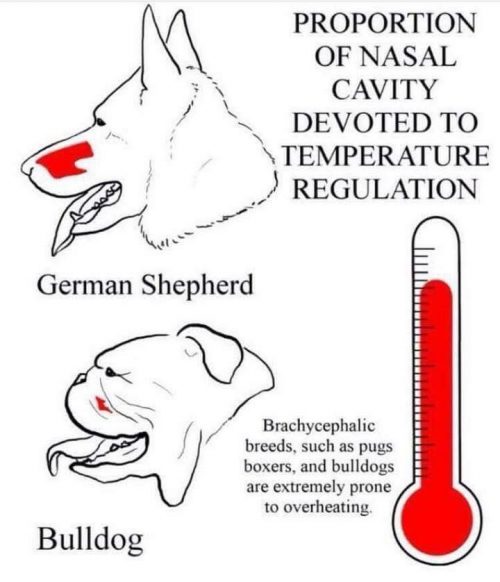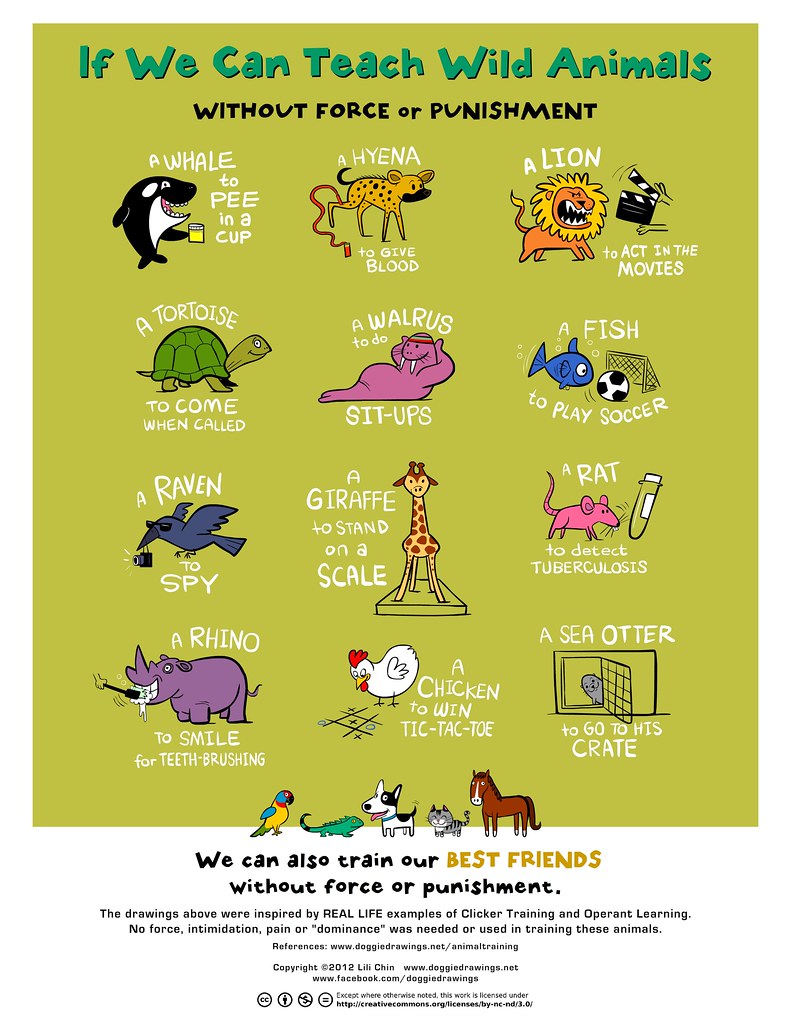This topic is important to me because – like so many of us – I walked Leus too much. Then I learned that she has arthritis and had to change my attitude. And then I went to a conference where I heard countless professional dog trainers talk about over-exercising and over-stimulating our dogs. During another conference that I attended there was a whole presentation dedicated to the question of our dogs’ “workload”. Here is what I learned:
Trust your dog. If your dog likes running, they will run a lot. You don’t have to plan extra activities like jogging or dog sports – just provide your dog with the right kind of environment where they can decide if they want to run like crazy or just sniff around.

Dog sports (agility, dog cross, flyball etc.) are a bit controversial, some trainers consider them unethical. They argue that dog sports satisfy our needs, not the dogs’ needs. I don’t want to make a blanket statement about all dog sports. However, be aware of the physical toll that high-speed sports can have: all these jumps and rapid turns are not necessarily good for the dogs. If you really want to do dog sports consult a veterinarian first and make sure there are no contraindications (for example German shepherds and bulldogs tend to have congenital hip problems).
Moreover, these high-energy activities also increase adrenaline production – they stress your dog. Stress in itself does not have to be bad but if your dog is already easily (over)excited, this might not be the way to go. You might end up with a very fit, very fidgety dog simply because they can’t bring their stress levels down enough to rest.

Playing ball is an example of a beloved activity that should actually be approached with caution. If you (or your dog!) insist on this activity, try re-thinking it:
- If your dog loves chewing the ball – let them! Just make sure they don’t swallow pieces of it. Chewing also relaxes your dog so it is good if your dog does it.
- Ask your dog for a stay and hide the ball, then let them sniff it out. It might also be a great alternative for dogs who love playing ball but should not chase after it anymore for health reasons.
- Don’t make them fetch. Once they understand the principle they will bring the ball back to you if they want to play. I know that watching them chase and fetch is incredibly satisfying, but this is supposed to be about them, not about us.
- If your dog loves the ball you can use it as a reward in training (for example throw it after a successful recall).
The most important thing is to give your dog choices. The dog training world is buzzing with phrases like “learner empowerment” and “initiating a training conversation”, and for a good reason: research has shown that the more dogs are allowed to make their own decisions and interact with their environment on their own terms, the more self-confident and calm they are. That does not mean that you let your dog do whatever they want all the time. But try to let them choose as much as possible. I mean honestly, does it really matter if you go left or right at that particular intersection in the park?


The sense of smell is another thing we theoretically all know about, but in practice we often fail to acknowledge its relevance. I don’t think there is any way we can imagine what smelling things means to dogs – it has been compared to us reading the news or scrolling social media, which may or may not be close. The fact remains that dogs engage with their environment best through their sense of smell. So let them smell. Imagine if every time you started reading a post on facebook, someone interrupted you. Not very nice, is it?
Which brings me to my last point: take your time when you walk your dog. Remember, the walk is for them, not for you. If your dog doesn’t feel like running that particular morning then let them be. You can still spend that hour outside (if they want to walk at all), just try to refrain from telling them what they should do. Dogs actually get tons of mental stimulation when they sniff and at the same time it has a calming effect (it literally slows down their heartbeat), so after an hour of intense sniffing around your neighbourhood they might be more relaxed than after playing ball.
This does require a change of attitude from walking the dog to walking with the dog. But watching them be happy is, I think, inherently rewarding to all of us and it’s really worth it.



